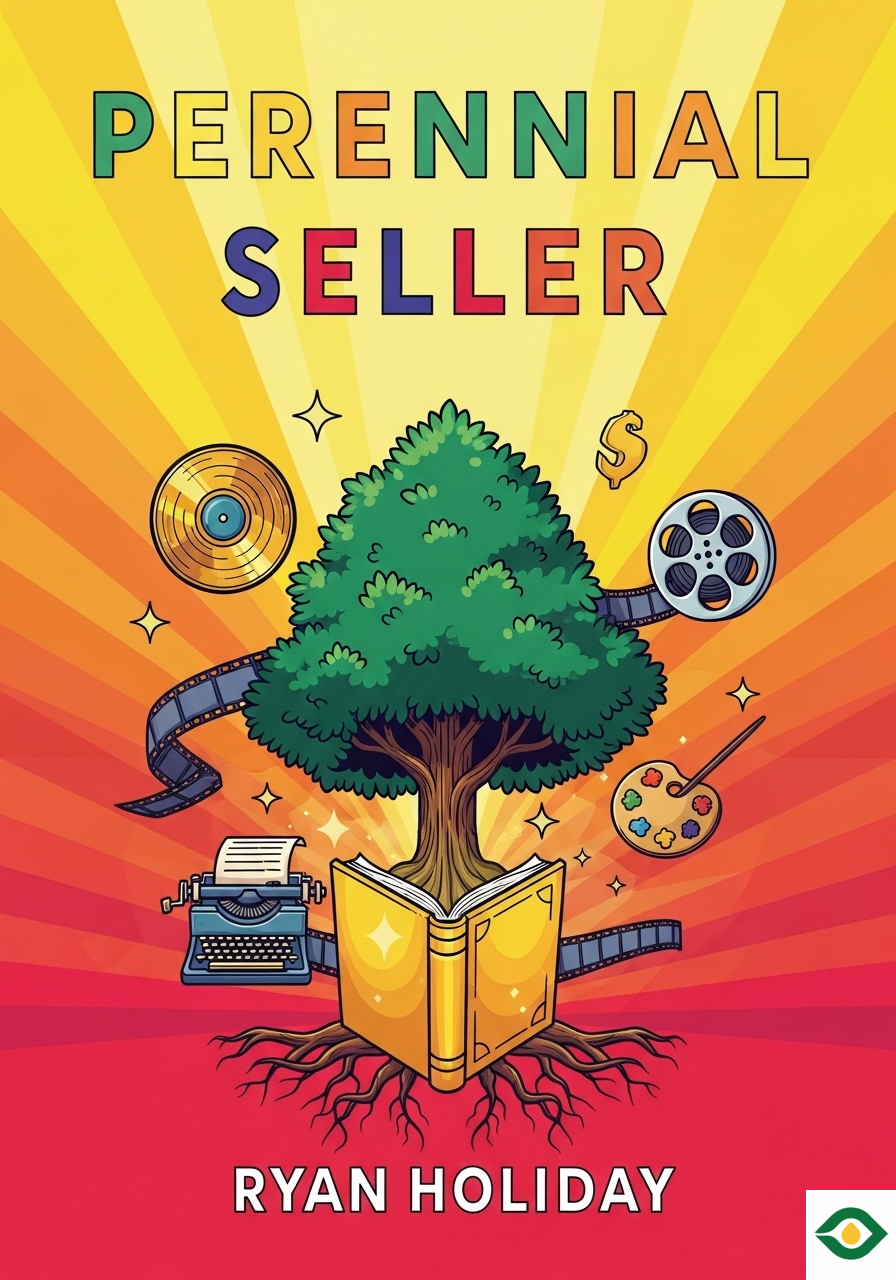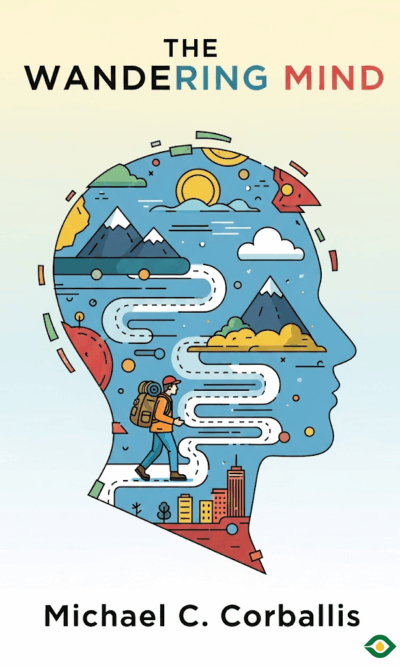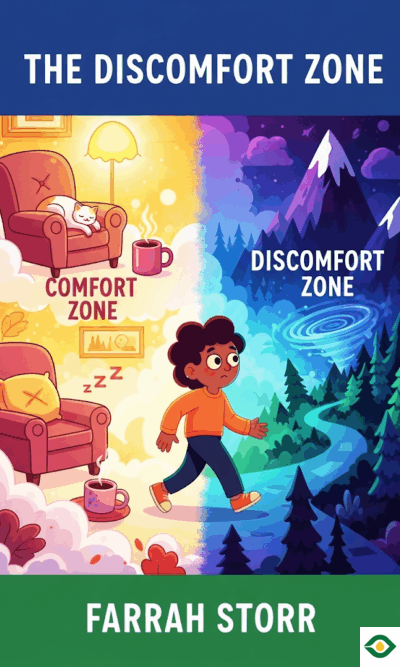Description
We all want to create something that matters, something that stands the test of time. It could be a book, a business, a piece of music, or even a simple idea turned into reality. But in a world that is always chasing the next new thing, how do you make your creation last beyond trends and seasons? That’s the heart of Perennial Seller: how to build something that doesn’t fade away, but instead grows stronger with time.
The first truth is simple: ideas are cheap. Everyone has them, but most ideas never turn into anything. A brilliant idea that stays stuck in your head is worthless. Success only comes when you put in the hard work to turn that idea into something real, something you can share with the world. It’s tempting to think that marketing can rescue a weak product, but that rarely happens. Great marketing cannot hide something shallow or poorly made. What truly lasts starts with quality.
Look at the difference between failed products and those that endure for decades. The ones that keep selling year after year are built on strong foundations. They solve real problems, deliver genuine value, or inspire people in a way that doesn’t grow old. The creative process is not about waiting for permission or inspiration—it’s about showing up, putting in hours of effort, and pushing through until something real takes shape.
But effort alone isn’t enough. You also need purpose. Motivation is what keeps you working when things get hard, and things always get hard. Many people say they want to write a book, start a company, or become an artist because “it would be fun.” Fun won’t sustain you when rejection letters pile up, when sales are low, or when critics attack your work. You need a deeper reason—something that drives you forward even when the process is painful.
Purpose often requires sacrifice. Professional athletes skip parties to train. Musicians spend lonely nights rehearsing. Writers lock themselves away from distractions. Sacrifice is the price of creating something that lasts. Without it, your work will remain half-finished dreams.
Once you’ve done the hard work of creating, the next step is to refine and improve. Many creators skip this, but editing is often where good work becomes great. A book draft, a song, or a business plan almost never starts perfect. It takes honest feedback, careful revision, and often a mentor or editor to polish the rough edges. Friends may be supportive, but they usually won’t give the hard truths you need. Real growth comes from facing tough criticism and making changes.
Even after editing, you should test your creation in the real world. See how it feels in the hands of others. Try experiencing it the way your audience will. Does your work clearly communicate what you wanted it to? Can you explain it in one sentence, one paragraph, and one page? If not, you may need to refine it further until the core message is sharp and unforgettable.
Now comes the part many creatives dislike: marketing. But the truth is, marketing is not optional. It is not someone else’s job. Nobody cares about your work as much as you do, so waiting for a publisher, agent, or company to do it for you is a mistake. You must be your own advocate.
Marketing isn’t about tricking people—it’s about showing them why your work matters. There’s no single formula for success. Sometimes it’s clever promotions, sometimes it’s podcasts, sometimes it’s grassroots efforts. But there is one constant: word of mouth. People trust recommendations from people they know. If your work excites someone enough that they tell their friends, you’ve achieved the most powerful marketing of all. The best creations spread naturally, but only if you put in the work to get them into people’s hands in the first place.
To keep your work alive, you also need a platform. A platform is not one book, one product, or one launch. It’s the collection of your audience, your communication channels, and your ongoing presence. When you have a platform, people don’t just buy a single piece of your work—they stay connected with you, waiting for the next thing.
Platforms protect you. If one product fails, your platform allows you to recover because your audience trusts you. Platforms give you independence, too. You don’t need to beg middlemen for approval if you have a direct line to your audience. Building a platform takes time and consistency, but it pays off more than almost anything else.
One of the most valuable parts of a platform is your mailing list. Social media followers come and go, but an email list is something you control. It’s a direct link to people who care about your work. Building one early—even before you release your first product—can make all the difference. By the time your creation is ready, you already have a group of people eager to support you.
This principle has kept many artists and businesses alive for decades. Fads pass, industries shift, but those with direct connections to their audience endure. If you have loyal fans and a way to reach them, you’re never fully at the mercy of trends.
So, what does it all come down to? Creating something that lasts isn’t easy. It takes hard work, sacrifice, humility, and persistence. You need to be both an artist and a strategist, both a creator and a marketer. You must constantly improve your product, spread the word yourself, and build a platform that allows you to stay connected with your audience for years to come.
The good news is that none of this is impossible. You don’t need to be a genius or a once-in-a-generation talent. You just need the willingness to work harder, think smarter, and stay committed longer than most. If you do that, your work won’t just survive—it will thrive, year after year, and maybe even outlive you.





